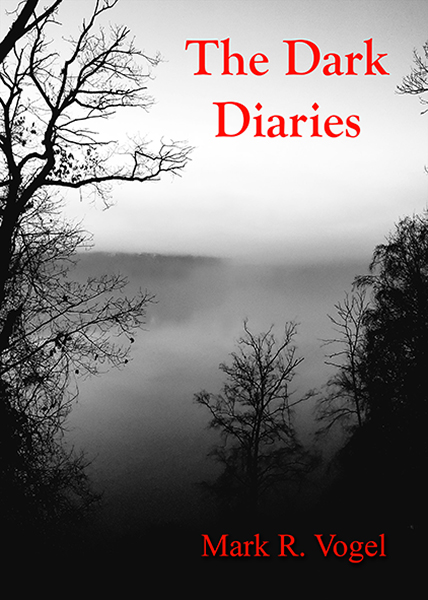Based upon the debut screenwriting effort of famed author James Clavell of a story in Playboy Magazine a year prior by George Langelaan, Kurt Neumann’s The Fly is perhaps the perennial example of a subpar production whose premise nonetheless captured its audience’s imagination after having become, not only one of the biggest box office returns of the year, but one of the most iconographic features of the genre.
Experimental scientist Andre Delambre (David Hedison) becomes fixated with his latest invention, a transportation devise which refuses to successfully disintegrate and then reintegrate organic matter. Exasperated atop being frustrated after having completed yet another series of calibrations upon the machine, Delambre opts to test the devise using himself as a subject, all to ill consequence after a fly accidentally enters the transport chamber before its initiation. Now genetically spliced with the insect, time is of the essence as Delambre desperately attempts to retain his flailing sanity while trying to reverse the scientific mishap.
In most every respect, Neumann’s film evidences B-movie traits throughout. Clavell’s rookie script contains a multitude of logistically-challenging scenarios, most notably a handful of dubious entomological non sequiturs atop the dilemma of how (if indeed it does) Delambre’s technological innovation discriminates between organic and inorganic matter in its experimental stages prior to the scientist’s reworking the mechanism to enable it to teleport living objects, which says nothing of the question of bacteria contained within the transport pods when it “successfully” moves a china dish from one area of the lab to the other even though it erroneously mixes the genetic make-up of Delambre and a fly later into the proceedings. Well’s ignore that, contrary to the notion of several characters, the phenomenon onscreen involves destruction and creation on the atomic, not molecular, level. This says nothing of how the merging of a fly and a man results in a fly’s head attached to a human body and a human head bound to a fly’s body as both parties retain the cognitive abilities of the scientist.
Aside from plausibility issues involved with The Fly’s technology, the primary characters within the film, albeit located in Montreal, all host French titles, in both their given as well as their surnames. Ordinarily this would not be an issue. However, Neumann’s secondary cast, which are also of French origin, carry the trademark accent as his main players enunciate, clearly and fluidly, in native English. Again, in the critical audience’s best interest, we’ll assume that those involved immigrated and, for love of their new land, changed their names.
Furthermore, the largely first-person narrative houses continuity problems for our heroine, Helene Delambre (Patricia Owens) reports, in what is perhaps the longest flashback which refuses to reclassify itself as a framed narrative, events which she did not witness firsthand or obtained reports of having occurred. Though not easily missed, someone suffering from apnea during the film might fortunately fail to notice this facet of the production but, undoubtedly, will nevertheless be unable to overlook what is possibly the only talkie in history since the advent of sound in pictures to exhibit more eyeliner than a gaggle of Chaplin and Keaton films combined. And, once more, we need to adamantly look the other way in this regard for, alas, The Fly was shot in color.
Understandably, the quibbles to be had with the uncouth, definitive, heavy-handed resolution involving the question of Patricia’s sanity and the literal manner in which we are presented the failed experiment’s outcome (which is surprisingly overstated, especially during the period in which insinuation in horror was standard on aesthetic, as well as potentially censure, grounds) become moot at best.
Yet for all of the novice mistakes plaguing the feature, what is perhaps more interesting than how well the infamous finale stills plays today is how–amid an opening which presents a very visceral, gore-ridden scene prefacing the Hammer features to follow, alongside a premise which all but declares its philosophic atheism by way of science–is the fact that the work unabashedly includes the line, “God gives us intelligence to uncover the wonders of nature.” By cleverly including the favored deity’s title in the sentiment, Andre manages to usurp the notion that some realms of exploration are off limits due to theological legislation. Still, it is 1958 . . . .
Though one of the trademark pictures of the age, Kurt Neumann’s The Fly continues to gain in mass popularity due, largely, to its shocking conclusion, thus proving that the perplexing success of the whole of the genre during the 1980s should come as no surprise for sensationalism will almost always supercede an audience’s demand for a sound, satisfying (to say nothing of plausible) tale in which its hyped suspense is merited as opposed to established via clever marketing and generalized word of mouth.
-Egregious Gurnow
- Interview with J.R. Bookwalter - January 22, 2015
- Interview with Andrew J. Rausch - January 22, 2015
- Interview with Rick Popko and Dan West - January 22, 2015
- Interview with Director Stevan Mena (Malevolence) - January 22, 2015
- Interview with Screenwriter Jeffery Reddick (Day of the Dead 2007) - January 22, 2015
- Teleconference interview with Mick Garris (Masters of Horror) - January 22, 2015
- A Day at the Morgue with Corri English (Unrest) - January 22, 2015
- Interview with Writer/Director Nacho Cerda (The Abandoned, Aftermath) - January 22, 2015
- Interview with Actress Thora Birch (Dark Corners, The Hole, American Beauty) - January 22, 2015
- Interview with Actor Jason Behr, Plus Skinwalkers Press Coverage - January 22, 2015

![thefly1958[1]](http://www.horrorreview.com/wp-content/uploads/2015/01/thefly19581.jpg)

